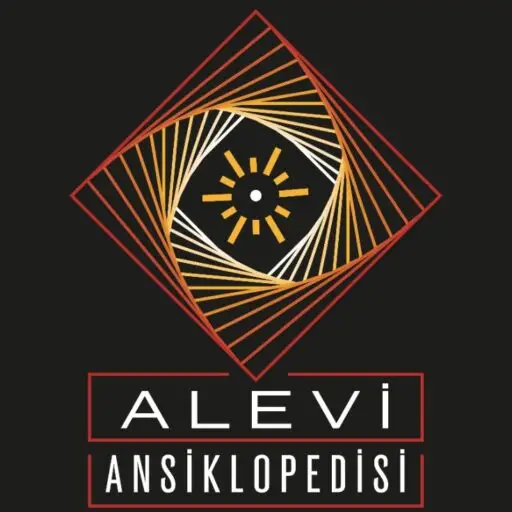Remembered and Contemporary Humor Narratives in Dersim
Definition
Humor in Dersim appears both in remembered oral narratives and in contemporary performances. It is a cultural practice that coexists with trauma and loss, but also with everyday sociality, solidarity, and creativity. Rooted in the Kirmancki language and the Alevi belief system, humor in Dersim is not only a source of laughter but also a way of preserving memory, building companionship, and expressing resistance.
Historical Background
Dersim, a predominantly Kurdish Alevi region in eastern Turkey, has experienced profound episodes of violence and marginalization, most notably during the 1938 military operations and the forced displacements of the 1990s. These traumatic events, combined with the non-institutional status of the Kirmancki language and the distinct Alevi faith (raa hak), shaped a unique cultural environment where humor became deeply embedded in memory and storytelling. Humor here is never neutral or universal; it is local, linguistic, and relational, tied to shared histories and collective experience.
Remembered Humor Narratives
The humor of earlier generations is known today not through direct testimony but through remembered stories, retold by family members and community elders. These narratives are situated in memory and language, and their meanings can only be understood against the backdrop of local experience. Humor served not only as subtle resistance and survival but also as an essential part of everyday social life-socializing, making friends, and reinforcing group solidarity.
Hüseyin Yılmaz (1907-1966), popularly known as Use Qoji, was remembered as a sharp-tongued wit who confronted authority figures with quick retorts. His stories reveal both critique of power and the bonding role of laughter in village life. During the village evacuations of the 1990s, remembered stories recount villagers’ use of crude but defiant humor even under torture, highlighting laughter as a way to endure, resist, and maintain a sense of shared humanity.
Mehmet Karakuş (1956-2017), widely known as Reşo Mehmet, son of Use Qoji, continued this tradition. His stories-such as minibus drivers switching songs to outwit military checkpoints-combined satire with political commentary and collective resilience.
These remembered accounts function as a collective archive. They carry pain and resilience, but also foster companionship, solidarity, and continuity of cultural life.
Contemporary Humor
Continuing the tradition of witty storytellers – kuretacı, local Kirmancki term for sharp-tongued humorists – younger generations now engage with humor through stand-up and digital media. Their performances do not break with the past but transform it, carrying forward elements of older cultural memories while negotiating new tensions shaped by everyday practices, urban life, and contemporary forms of expression.
Akın Aslan (b. 1990) explores themes of inherited trauma and estrangement through melancholic stand-up comedy. His “Dersim Olympics” parody turns historical suffering into absurd spectacle while exposing the surveillance and fear that still shape public performance.
Berkin Sarıataş, a digital content creator, uses surreal reversals of migration stories to express postmemory and the confusion of inherited history. His sketches highlight absurd contradictions and fragmented memory.
The controversy surrounding Pınar Fidan’s joke about the Sivas Massacre illustrates how humor can provoke internal conflict within Alevi communities, raising questions about boundaries of memory, identity, and representation.
These contemporary examples show that Dersim humor is not static; it evolves with new media, styles, and audiences, while remaining tied to the same affective ground of memory and loss.
Theoretical Perspective
Classical humor theories-superiority (Hobbes), relief (Freud), and incongruity (Kant, Schopenhauer)-can be traced in almost any joke. One can find incongruity in an unexpected punchline, superiority in mocking an authority figure, or relief in the temporary easing of tension. Freud’s contributions, however, go further: his focus on the form of jokes, on linguistic play, and on the shared background required for humor to succeed resonates strongly with the Dersim material. His notion of “heroic humor,” laughter in the face of suffering, also overlaps with the remembered narratives of resilience in Dersim.
Yet, while these theories offer useful frames, they remain insufficient on their own. The incongruity, superiority, or relief at stake in Dersim humor can only be fully understood when one shares the cultural and linguistic ground-particularly Kirmancki-the historical background of violence, and the communal memory of marginalization. The aesthetic force of a joke in Dersim cannot be detached from its context of memory, language, and social position.
Significance
Both remembered and contemporary humor narratives in Dersim reveal how communities marked by violence transform suffering into creative expression. Laughter here is not simply entertainment; it coexists with pain, preserves the local language Kirmancki, and challenges silence. Humor offers an alternative way of narrating history-one that resists forgetting while opening new spaces for meaning-making, solidarity, and survival.
References and Further Readings
Atik, Özlem. Humor and Society: Trauma, Power, and Everyday Life in Dersim Humor. PhD Dissertation, Mimar Sinan Fine Arts University, Institute of Social Sciences. (2024).
Bergson, Henri. Laughter: An Essay on the Meaning of the Comic (1900).
Billig, Michael. Laughter and Ridicule: Towards a Social Critique of Humour (2005).
Freud, Sigmund. Jokes and Their Relation to the Unconscious (1905).


